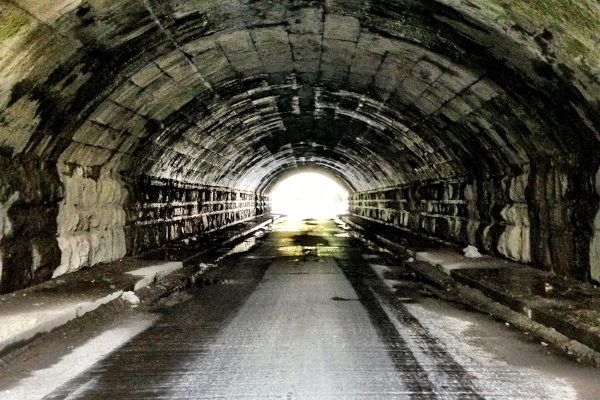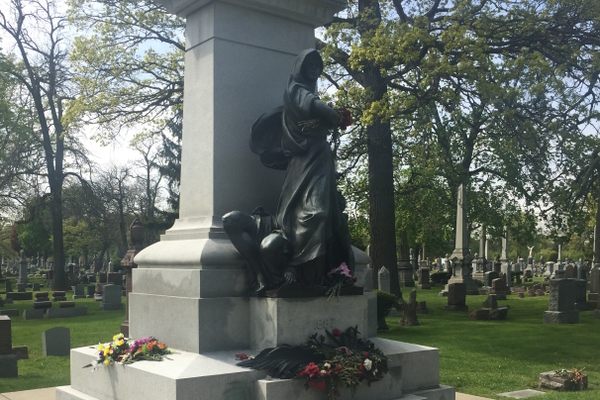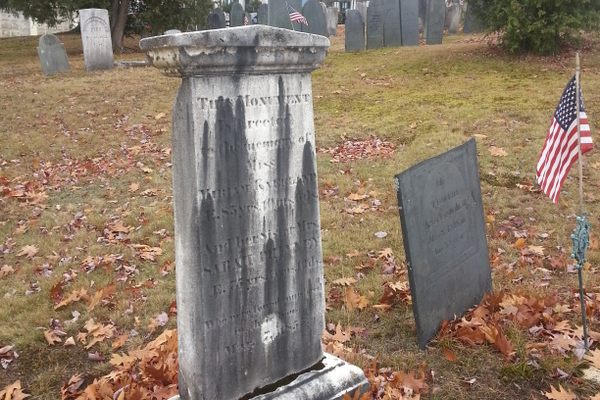Morgan Monument
A towering cemetery monument honors a man who threatened to expose the Freemasons and paid with his life.
In the southwest corner of the historic Batavia Cemetery, stands a monument that towers over the nearby graves honoring a man who was very likely murdered by Freemasons, sparking a movement a whole political movement and a call for the destruction of all secret societies.
At the top of a tall granite pillar stands the stone effigy of Captain William Morgan. Born in Virginia in 1774, William Morgan had moved to upstate New York following a lifetime of financial highs and lows. After a fire burnt down the brewery he ran in Canada, leaving him destitute, Morgan and his family moved to Rochester, New York where he joined the local chapter of the Freemasons. However after a few years, Morgan relocated to Batavia, New York, where he once again tried to join the local Freemasons, however this time he was denied membership. The reasons for his denial are not known, though there have been rumblings that his habits as a drinker and gambler made him somehow unfit. However this could also have been posthumous propaganda by the same people that would go on to kidnap and possibly murder Morgan.
Having been betrayed by the fraternal brotherhood he had previously though himself a part of, Morgan threatened to expose the mysteries of the secretive order in a book called, Illustrations of Masonry. This work would have explicated in detail the rites and rituals of Masonry’s higher degrees. Shortly after threatening to expose the secrets of the Freemasons, Morgan disappeared. Morgan was arrested on September 11, 1826, supposedly for unpaid debts, but was abducted upon his release. While no concrete proof of Morgan’s final fate has ever come to light, it is widely accepted that he was drowned by members of the Masonic Order. A body washed up on Lake Ontario over a year later that was believed to be that of Morgan, but the remains were too decomposed to gain a positive ID.
In the days after the abduction, an anti-masonic movement began, led by New York political boss Thurlow Weed who then created an anti-mason political party which would influence politics right down to the Civil War. In September of 1882 a crowd of over a thousand gathered to witness the dedication of the Morgan Monument, which was sponsored by the National Christian Association, outspoken opponents of all secret societies. The monument still stands today, supposedly near the very spot that Morgan was abducted, but like so many facts regarding Morgan’s disappearance the veracity of this has been clouded by time… or possibly by a Masonic cover-up.

















Follow us on Twitter to get the latest on the world's hidden wonders.
Like us on Facebook to get the latest on the world's hidden wonders.
Follow us on Twitter Like us on Facebook